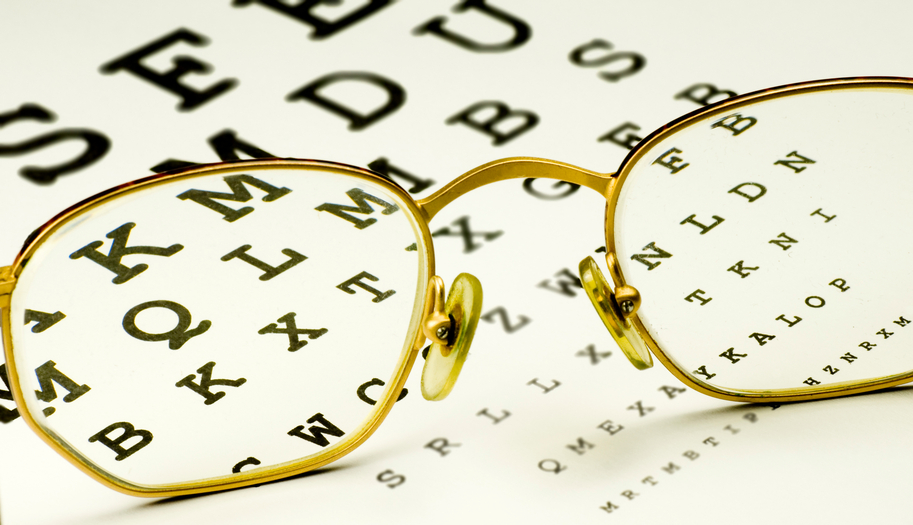The Department of Ophthalmology helps patients gain or retain their optimal vision health by providing comprehensive clinical services, ranging from routine eye exams to surgery for eye disorders.
Onsite services include:
- Complete eye examinations
- Measurement for glasses and fitting of contact lenses
- Monitoring health conditions as they affect the eye including diabetes and hypertension
Special services also are available for treating:
- Low vision/partially sighted
- Glaucoma
- Medical and surgical diseases of the retina and vitreous
- Corneal and external eye disease
- Reconstructive/cosmetic surgery of the eye
- Neurological diseases of the eye
Low Vision/Partially Sighted
Low vision refers to a condition where an individual, even when wearing glasses or corrective lenses, still does not see clearly. There are different types of low vision including loss of peripheral vision and/or central vision, the ability to adjust to light changes and loss of color vision. Low vision generally results from aging, but may be related to birth defects, diabetes, glaucoma or eye injuries.
A complete eye exam from an ophthalmologist is important to determine the underlying causes of the low vision. The Department of Ophthalmology provides special services to diagnose and treat individuals with low vision or partial sight including:
- Computerized visual field testing
- Retinal and optic nerve photography
- A and B scan ultrasonography
- Corneal topography and pachymetry
- Electroretinography and fluorescein / idocyanine green digital retinal angiography
Glaucoma
Glaucoma is a group of diseases that can damage the eye's optic nerve and is a leading cause of blindness in the United States. According to the American Academy of Ophthalmology, Glaucoma affects more than 2.7 million Americans age 40 and older. The risk for glaucoma increases with age (40 years and older) and is more prevalent in individuals with a family history of glaucoma and those of African-American descent. Therefore, it is important to be screened for glaucoma with a regular eye exam.
Currently, there is no cure for glaucoma however, once detected, treatment can control the condition and prevent further loss of sight. Services for patients with glaucoma include the full spectrum of medical and surgical care. Advanced computerized visual field testing is performed to document and check a patient's progress while laser treatment for glaucoma is available on-site.
Refractive Laser Surgery
Refractive laser surgery is a surgical procedure for those looking to reduce their need for or dependence upon glasses and contact lenses. In order to see, light comes through the cornea and is bent, or refracted, to send light rays to focus on the retina. From the retina, a picture is sent to the brain through the optic nerve. If the shape of the eye or cornea does not allow the light to "refract" properly, an individual experiences problems with his or her ability to focus. To correct this, a surgeon uses lasers to make several incisions into the cornea to "reshape" it. This correction allows light to refract properly onto the retina correcting for focal problems. Refractive laser surgery is safely and effectively used to treat astigmatism, nearsightedness and farsightedness; however, it is not appropriate for everyone.
Medical and Surgical Diseases of the Retina and Vitreous
A full range of services are available for patients with medical and surgical diseases of the retina and vitreous (a gel-like substance that helps the eye maintain a round shape). These include diagnosis and management of diabetic retinopathy, intraocular tumors and retinal vascular disease. Both standard fluorescein and indocyanine green digital angiography are available on-site.
Corneal and External Eye Disease
The corneal and external eye disease service provides a full spectrum of refractive eye care for nearsightedness and astigmatism including LASIK, Excimer Laser PRK and specialty contact lenses. Other services are modern small incision cataract surgery (phacoemulsification) including foldable lens implantation, as well as cornea transplant surgery and other anterior segment procedures.
Reconstructive/Cosmetic Surgery of the Eye
Advanced techniques for cosmetic treatment of the eyelids are offered including laser blepharoplasty and botulinum toxin treatments. For example, patients with a "droopy" eyelid can have it corrected by removing excess skin from the eyelid region.
Tearing disorders involving the nasolacrimal drainage system can also be treated. Thyroid-related eye disorder including exophthalmus (protruding eyes), eyelid retraction (eyelid stare) and double vision can be surgically corrected.

